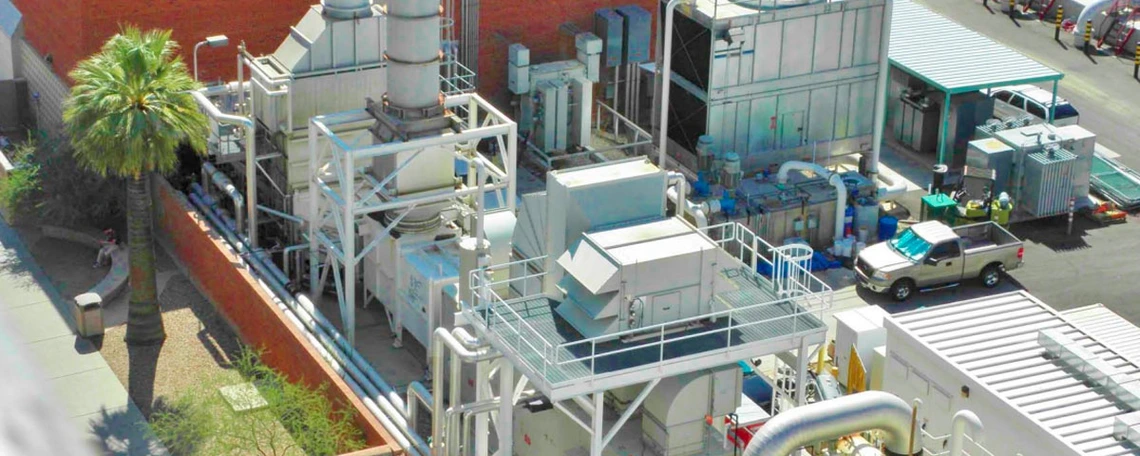
When
Where
Speaker(s)
Introduction by: Joe Abraham, Director, UA Office of Sustainability
Water Use at the University of Arizona – Sources, Uses, Costs, Challenges and Opportunities
Despite considerable campus growth, total annual water use has remained relatively flat. A number of diverse water conservation measures, including elimination of once-through cooling, waterless urinals, xeriscape, and chilled water system optimization have allowed the campus to grow without a corresponding increase in total water use. Reclaimed water is used for most irrigation, and was tried in the refrigeration plant cooling towers for several years. The presentation will look at the sources, costs and uses of water on campus, past initiatives to conserve water, challenges and opportunities.
Located in the center of the Tucson metropolitan area, the University of Arizona obtains its water from a system of on-site wells and a municipal water system that includes significant amounts of water transported over 300 miles and 2,000 feet in elevation from the Colorado River to Tucson. The authors determined the sources of energy required to pump, transport, and treat metered water in an effort to include water consumption in the University's greenhouse gas emission inventory. Results indicate that while water consumption is a relatively minor source of greenhouse emissions compared to other sources at the UA, emissions associated with water use at the UA have increased significantly over the past ten years despite relatively stable demand. The talk presents a general methodology for including water consumption in a greenhouse gas inventory of a large organization, and discusses issues not only unique to southern Arizona but generally applicable to the arid western U.S. and many other regions of the world.

